Preserve or demolish?
Technology has made us obsessed with the fear of letting things go, but also more reflective about what we should keep, and why.
by Guido De Franceschi
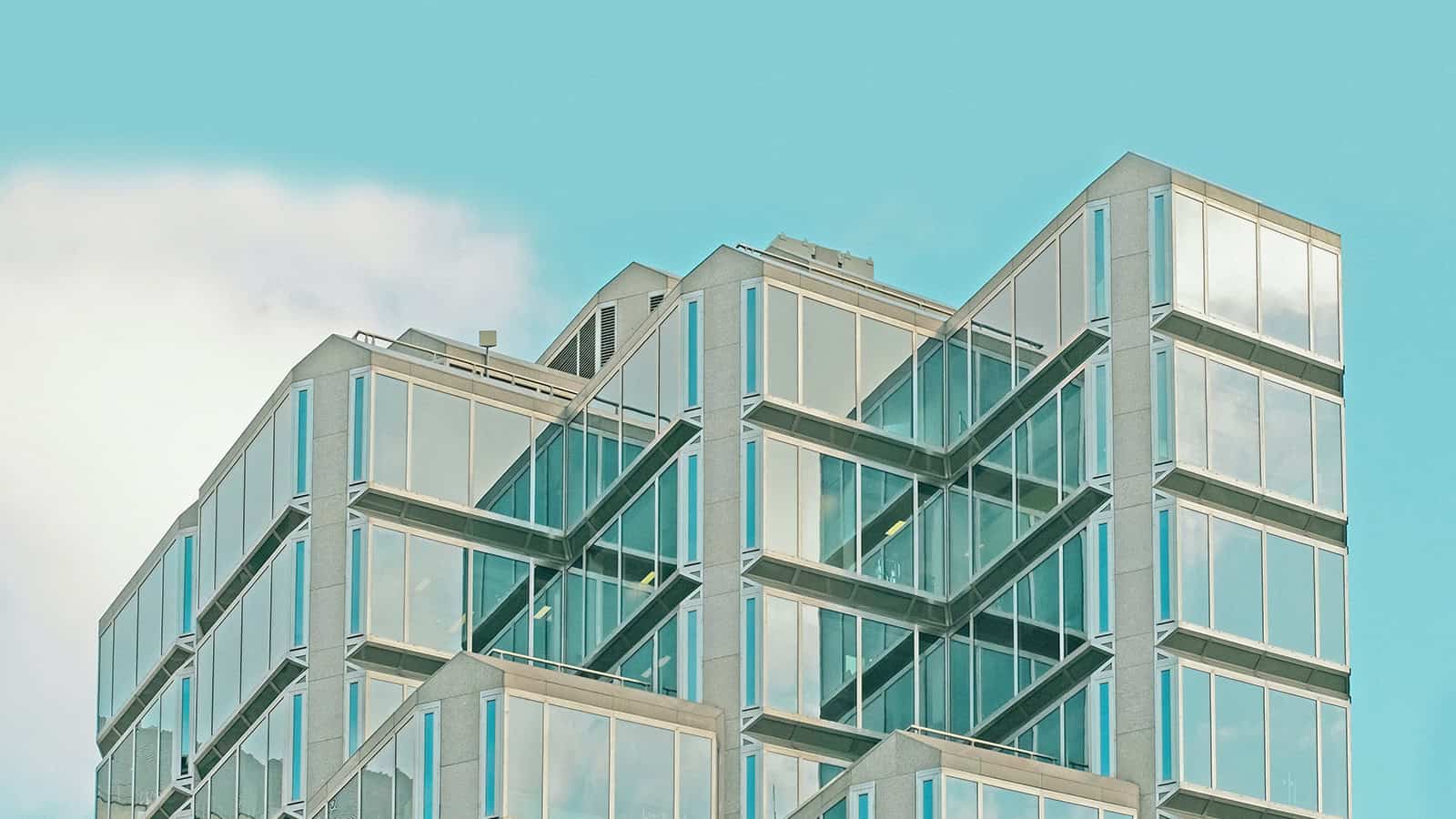
We live in the age of vintage and perpetual revival. Rather, more precisely, we live in the age of retromania, that phenomenon that Simon Reynolds described as “pop culture’s addiction to its own past.” In other words, we live in a present whose past is no longer the outcome of natural selection but of a sequence of build-ups. In the most classic sense of the term, the past is what remains after everything else has disappeared. As time goes by, some things get retained, others are forgotten, and yet others get lost forever: the past. Recently, however, a change has occurred. The past is no longer made up of full portions and voids, precise memories and fade-outs: the past is still here in its entirety.
What has changed it? The fact that we store everything, we archive everything, and we keep everything at our fingertips. Billions of hours of YouTube footage, trillions of words and images. No memory is left to the discretion of the passage of time; nothing must be lost: no television advertisement from our childhood, no sneaker model, no noise music vinyl of which just a hundred copies were made, and no video game.
The past is no longer made up of full portions and voids, precise memories and fade-outs: the past is still here in its entirety.
This anxiety to turn every tiny aspect of existence, both individual and collective, into a sort of museum exhibit has found a formidable ally in digitalization. By dematerializing books, newspapers, records, photographs, and films, it has made the preservation process infinitely cheaper. All this applies to our relationship with written text, sounds and images. But what happens when the past is a building, a neighborhood, or an entire city? In other words, what do we do if the object to be archived is made up of countless cubic meters of concrete and doesn’t fit on a hard drive? Should we preserve or demolish it? We only have partial answers.
Let’s take the case of the recurring waves of gentrification that over the last twenty years have swept through cities of half the world: areas that were once working-class districts, scheduled to be demolished because they were run-down, have instead been preserved thanks to redevelopment plans that have upgraded them to historical artifacts and offered them for use (and purchase) to self-styled connoisseurs. Or take the phenomenon of the redevelopment of abandoned areas into living or exhibition areas: a topos sufficiently “old” to have become, in turn, a vintage element appreciated by guides for retromaniacs and post-industrialism enthusiasts. However, the fact that in both examples, the process of restoring buildings and their urban layouts has been driven by economic rather than historical reasons made our preservation/demolition dilemma easy. But what happens when the renovation of an ailing building, inherited from the recent past, takes place for “cultural preservation”? What motivations and conservation criteria prevail?
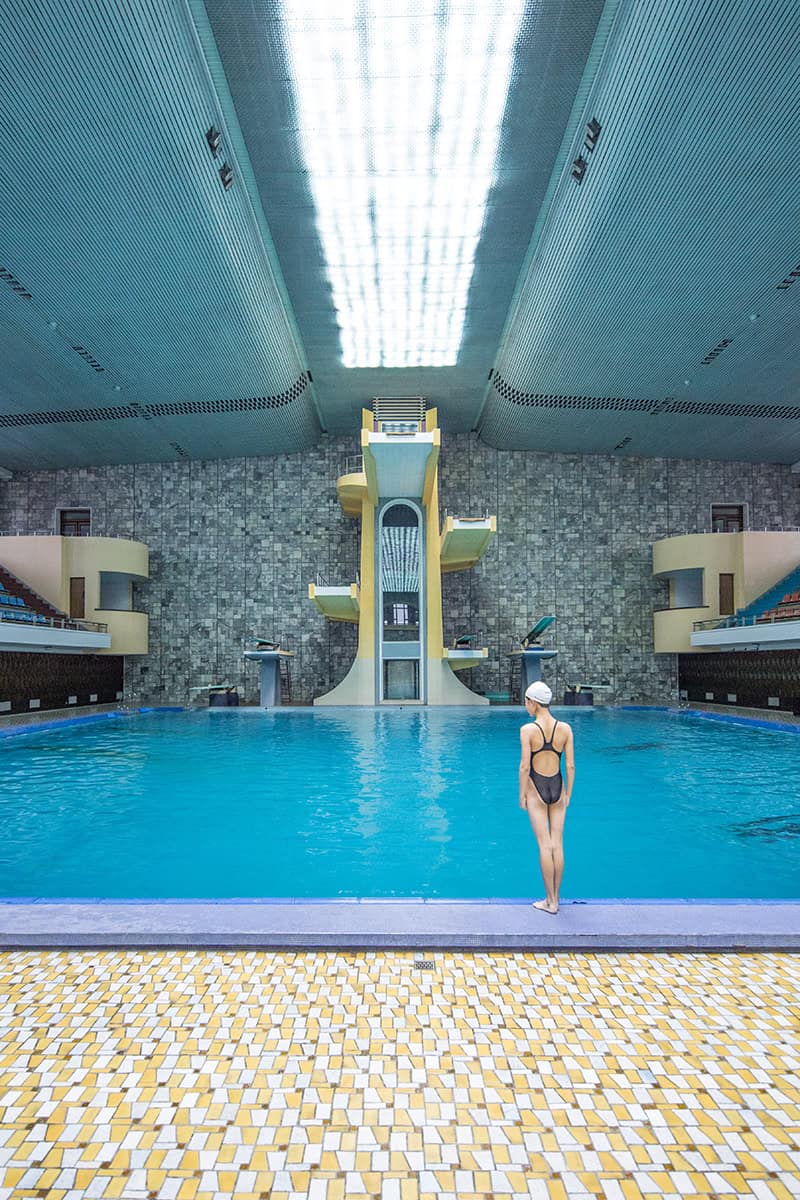
In the UK, groups such as The Twentieth Century Society have chosen to protect the heritage of so-called Brutalism, the architectural movement that arose in the ‘50s as an evolution of Modernism, which extensively employs the roughness of exposed concrete (in French, “béton brut”). This interest is motivated by several reasons. First of all, concrete deteriorates quickly. Moreover, Brutalist architecture buildings are often huge and therefore expensive to restore, not to mention that their not quite noble aspect (social housing, multi-story parking lots, secondary and peripheral public buildings) makes them “expendable” in the eyes of citizens and public administrators.
Besides, 50 or 60 years after their construction, a debate still rages around Brutalist buildings, pitting an enthusiastic — but growing — minority against widespread disgust, often exploited by public administrators pursuing an electorally-motivated use of wrecking balls. And so, shall we preserve them, accepting to be accused of being an elitist lover of the beauty of ugliness, or demolish them and be called a populist who knocks down buildings of priceless architectural value?
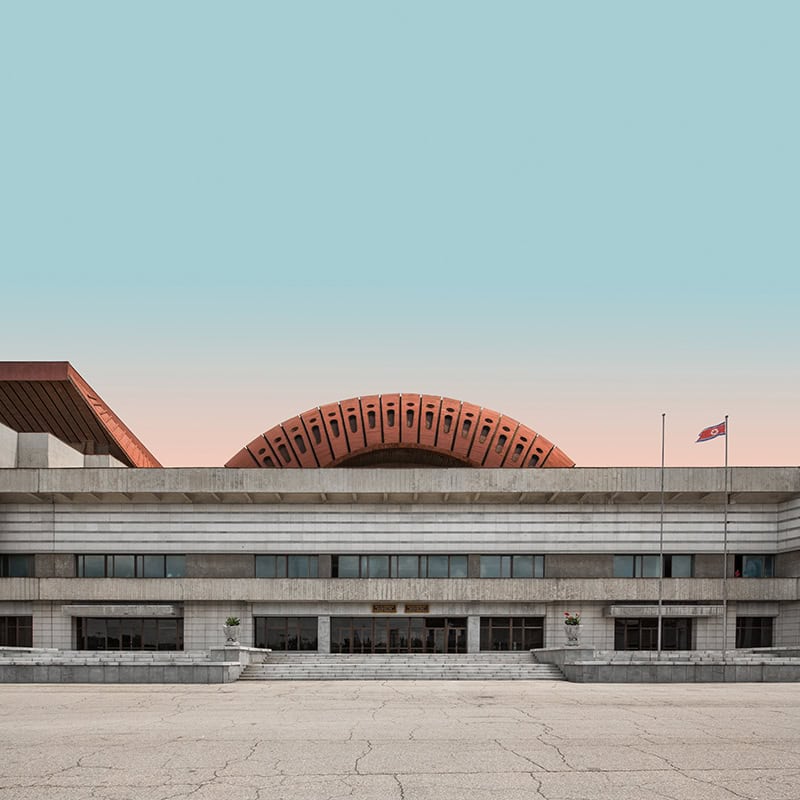
In some cases, a middle ground has been sought. In 2017, when Robin Hood Gardens — a social housing complex in London’s eastern foothills – was being redeveloped, the Victoria and Albert Museum decided to preserve a segment of the building as an example of its architectural pattern. And in 2010, when the iconic Trinity Square multi-story parking building in Gateshead, Northeast England (known as the filming location of the movie Get Carter starring Michael Caine) was demolished, thousands of people bought a “certified” portion of the concrete it was made of as a sort of fetish.
The matter grows more complex if one adds the ideological variable. That is, when a building is not simply the product of a harmless past but the expression of a totalitarian regime. In this case, it’s not a matter of time passing (proper and necessary restoration) or changing tastes (pure retromania), but of the desire to stop commemorating a dictatorship that a specific type of architecture is likely to prolong. Sometimes, when a change of regime occurs through a catastrophic military rebirth, it is the bullets and the bombs that shoulder the burden of erasing the architectural vestiges of dictatorship. But when this does not occur, what should be done? Preserve or demolish?
What should be done when a building is not simply the product of a harmless past but the expression of a totalitarian regime? Preserve or demolish?
When it comes to small model-cities, rising in isolated and out-of-the-way places, without great real estate value, choosing to preserve them does not raise any particular problems. This is the case of Tresigallo, a metaphysical village near Ferrara, Italy, which commemorates with its mere existence two decades of Fascist architecture and Mussolini’s urban planning. Or the Luigi Rezza Village, a fishing village on the secluded island of Lastovo, in Croatia, also founded by the Fascists and which survived – perhaps only through laziness or forgetfulness – the years of Tito’s Yugoslavia. Or, further, there is the case of Sillamäe, a small jewel of Stalinist neoclassicism that is still intact in the eastern part of present-day Estonia. Moreover, in Sillamäe, if you walk into the convenience store on the main street and look at the solemn expression of the uniformed saleswomen, you can be sure that — despite the thirty years of accumulation on the shelves of products with unmistakable capitalist packaging — the sore’s clerks have not yet heard the news of comrade Stalin’s death. So there is really no reason to disturb such Soviet resignation by chiseling away the fake eighteenth-century friezes full of hammers and sickles from the town’s buildings.
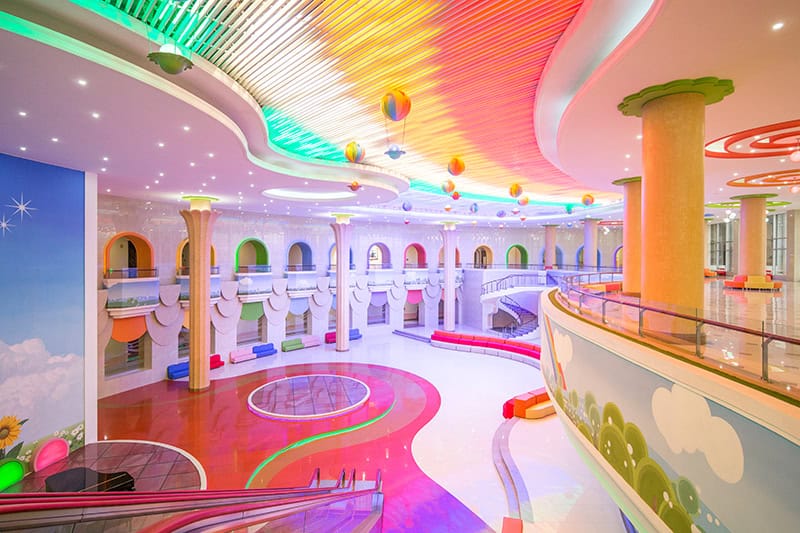
So what should we do instead — preserve or demolish? — when the footprint of dictatorship is as large as a metropolis or an entire country? Like in North Korea. For years, hand in hand with the establishment of an autocracy increasingly estranged from time and space, a pop cult of North Korean “style” has developed in the West: the architecture, the posters of the regime, the monuments, the design of everyday products, even the haircut of the Dear Respected Leader Kim Jong-un. It is also thanks to the countless coffee table books and photographic essays for design addicts if, over time, a “glamourization” of the North Korean visual identity has taken hold.
Here the dilemma recurs: what should we do with Pyongyang tomorrow: preserve or demolish it? Instinctively, almost all of us would like the city to remain forever as it is now, frozen in its astonishing surreal aspect in which the poverty brought about by autarchy goes hand in hand with the endless bombast of the regime. But what are the millions of human beings who live there supposed to do in an unchangeable Disneyland? Are we ready to accept that North Korean citizens, someday presumably free, could decide to demolish everything as quickly as possible to erase from their sight the backdrop in which for decades they have been forced to act out a life they did not choose to live?
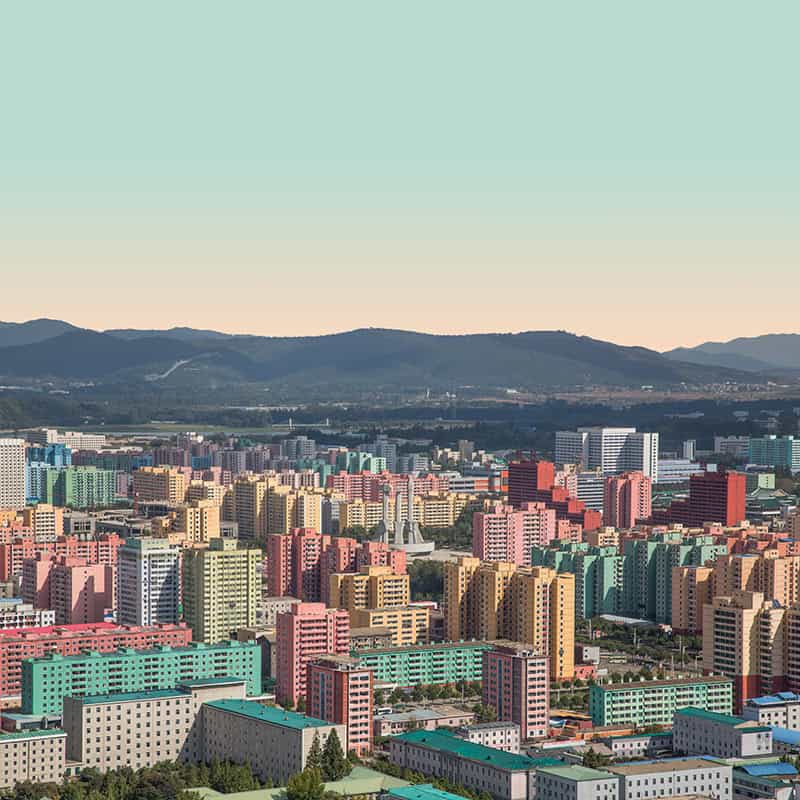
Preserve or demolish? The truth is that we are locked into a sort of preventive retromania: we already regret when Pyongyang will no longer look as it does today. We prefer to keep every detail as it is, with philological scruples. And to do so, we’ll even invent some German word, like “Fernweh,” to describe this all-too-senseless sentiment.



